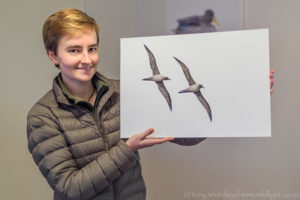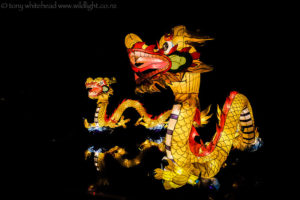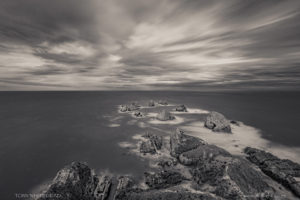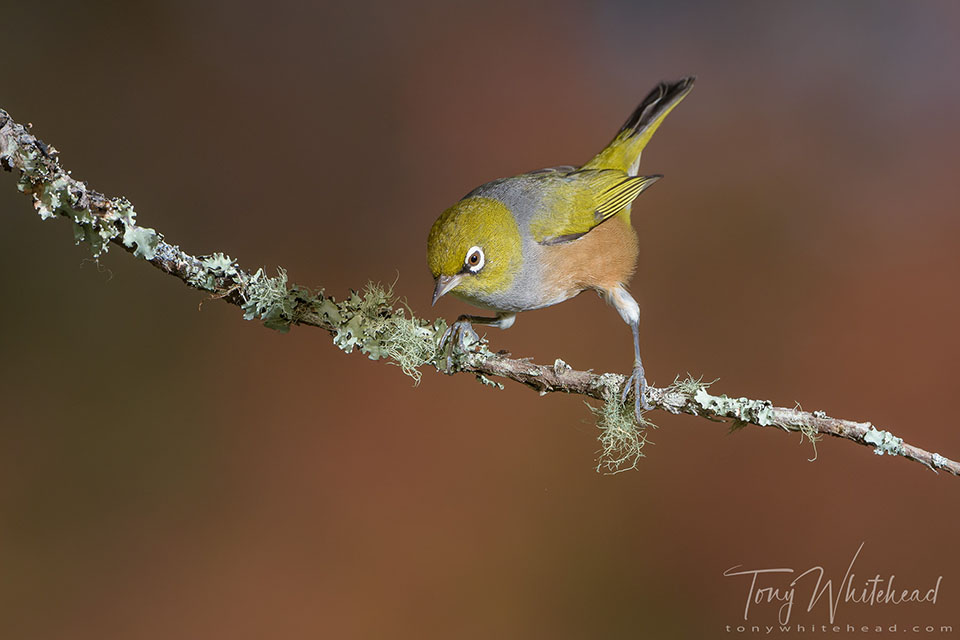
Last week I wrote about adding flash to my backyard bird hide setup. This was in the form of on camera TTL fill flash and I was not pleased with the results. As with people photography, on camera flash is unflattering. There are a multitude of expensive accessories to get the flash off the lens axis. This can improve the appearance a little but the main benefit is elimination of “steel eye”, the equivalent of “red eye” when photographing people. To achieve a significant improvement flash needs to be well off axis – 30-60 degrees.
To achieve this I used my Godox X Pro N wireless flash trigger and X1 N receiver with a Nikon SB900 on a Justin Clamp. The SB 900 flash was used with the diffusion screen in place to give the widest flash coverage.
With this Godox setup you can control the output of the remote flash from the controller BUT, and it’s a big BUT, to do this the remote flash has to be set to TLL and as a result emits a preflash which can be disconcerting to human and avian subjects. My preference is to keep the remote flashes on manual to avoid the preflashes. In a controlled set-up it is easy to set the exposure/flash manually as the flash to subject distance is constant to there is no need to change it once dialed in. With Godox flash units I believe that you can fully control manual settings at a distance without preflashes.
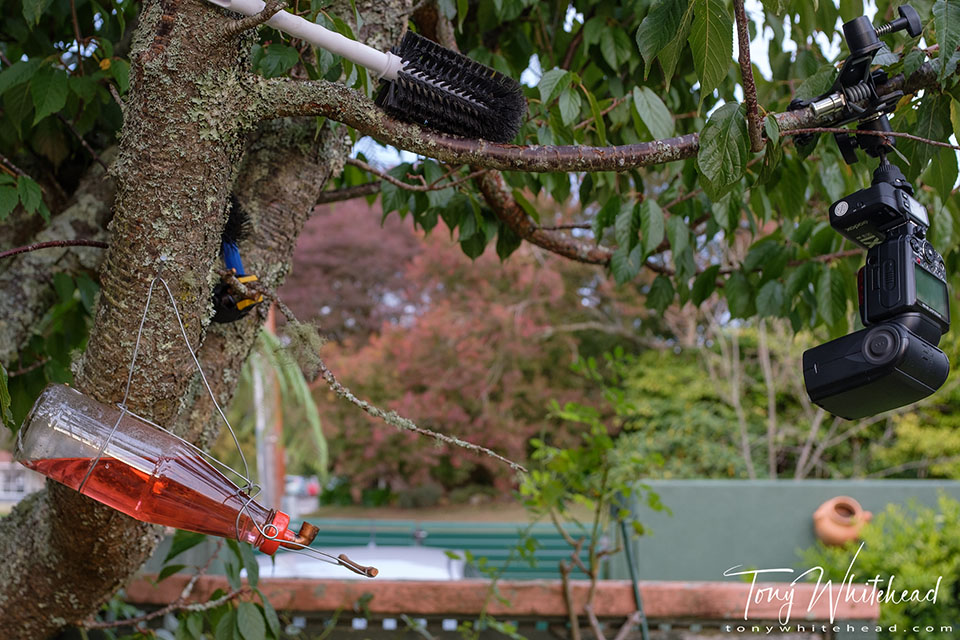
I have found this Godox set-up to be very reliable and using the low intensities at this short working distance external battery packs are not needed for fast recycling.
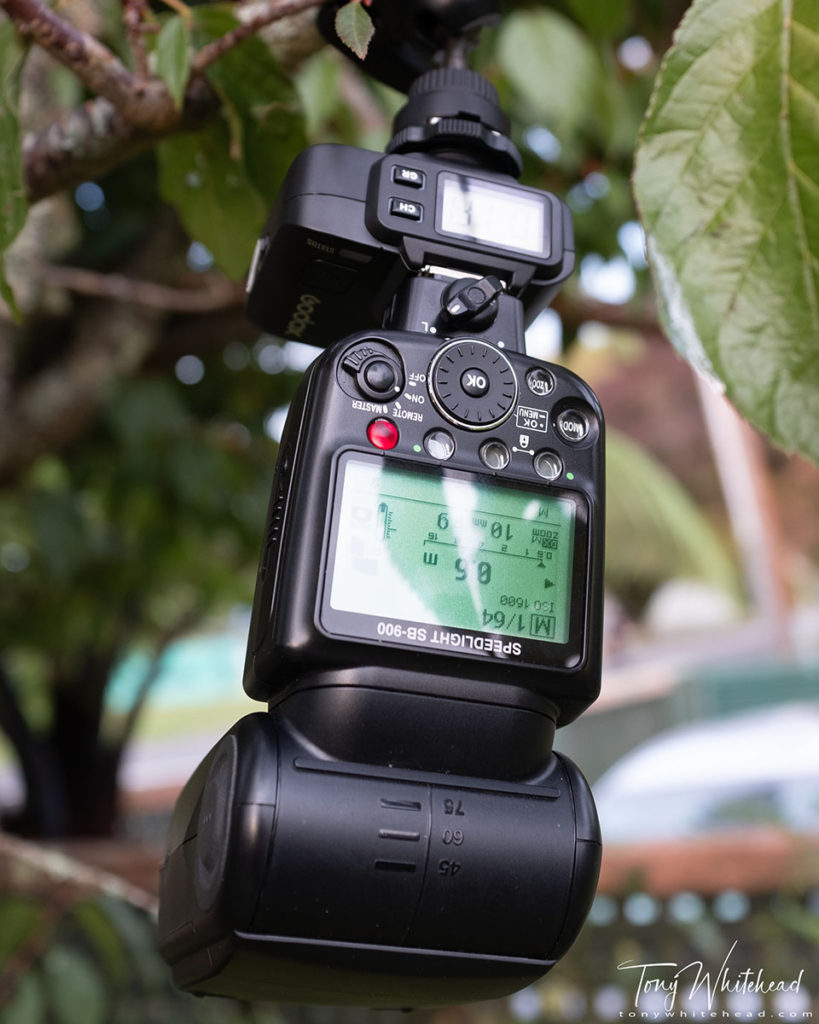
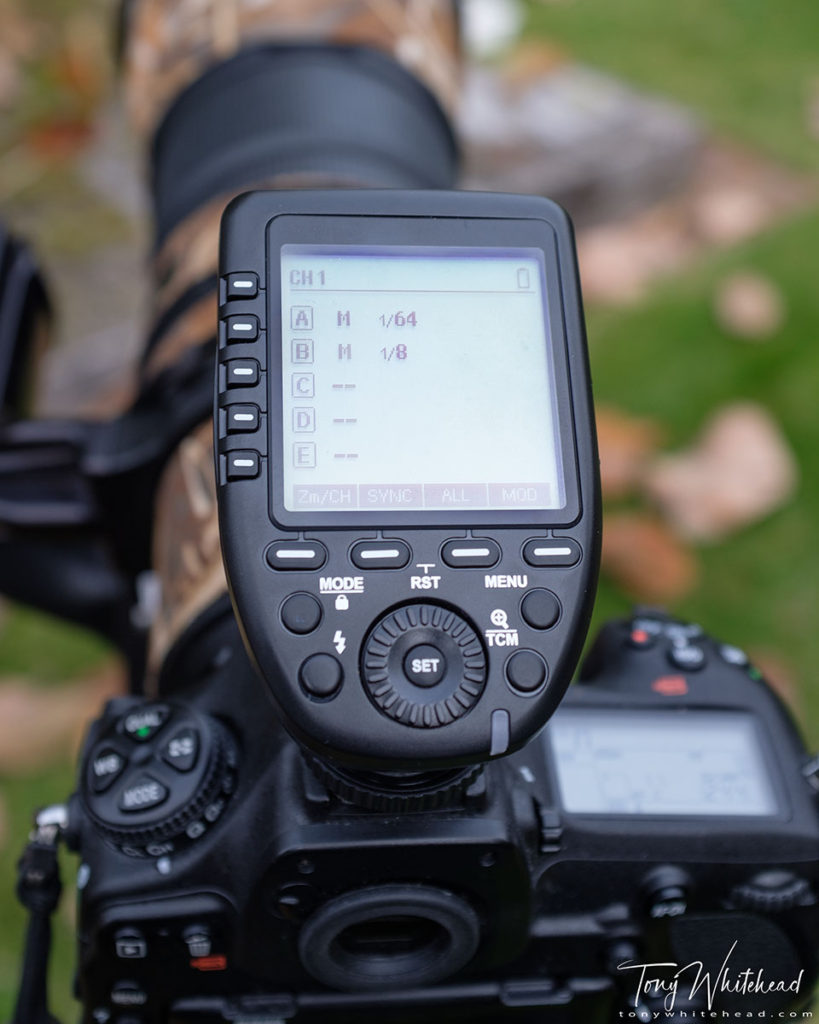
My thinking at this stage was to use the flash to augment the ambient light so set it up along the axis of the low sky light coming in from the right. This gave me more light to work with but on the overcast day I still needed to keep the ISO up at 1600 to keep the background adequately exposed at 1/250s at f9. The off axis flash gave a more pleasing result than the on camera fill flash giving a more 3 dimensional result by showing the contour of the bird as shown in the image at the top of the post. It did however, introduce another issue in increased contrast ratios. The lit side of the bird being properly exposed left the unlit side in deeper shadow which needed to be addressed in post production.
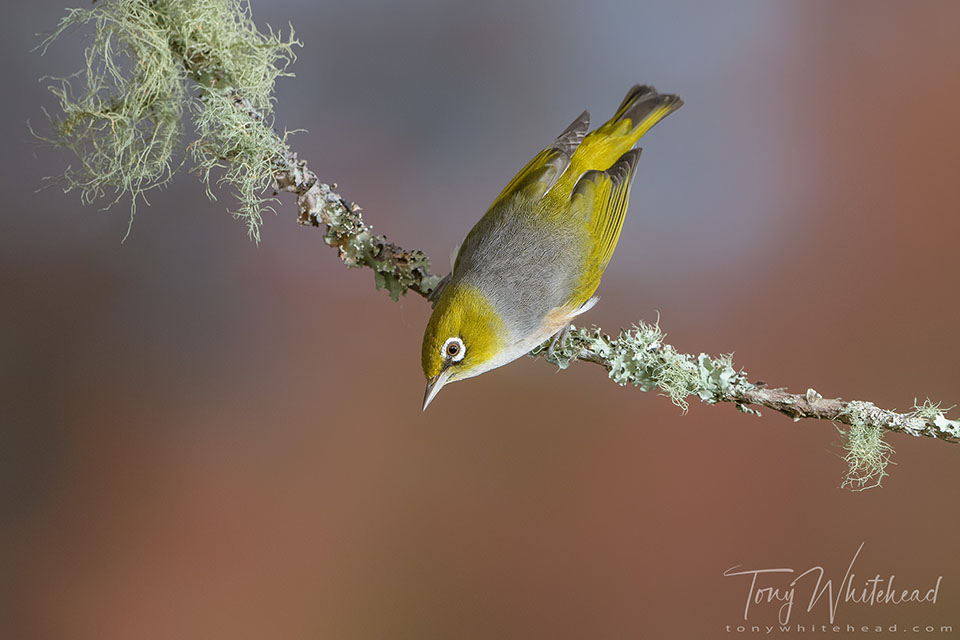
This issue was more of a problem with certain poses and less of an issue with others. This next image shows a large part of the bird in shadow.
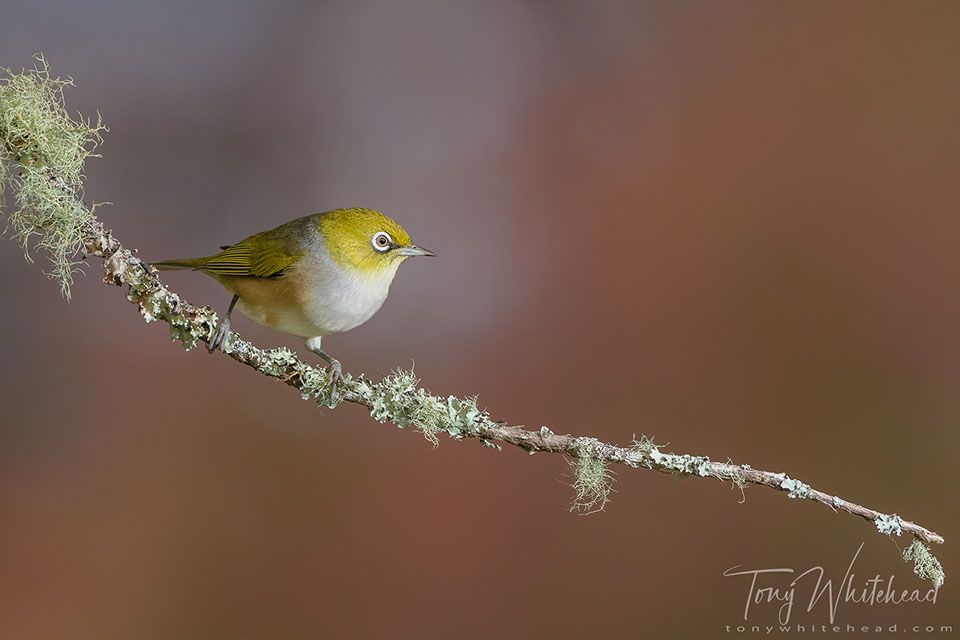
In a different pose the same bird is better lit.
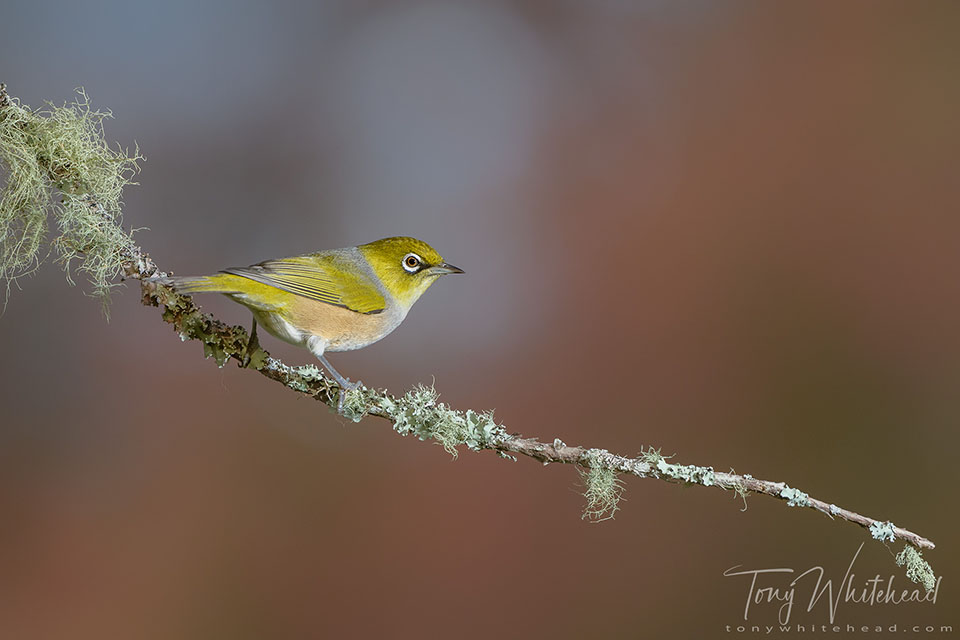
The next step is to introduce another flash to balance the lighting ratios and make a more versatile setup that is less reliant on pose. With people you can control the pose. With birds, not so much.
Bird photos with Nikon D850 and Nikon 500mm f4VR. Set-up photos with Fuji X100F
